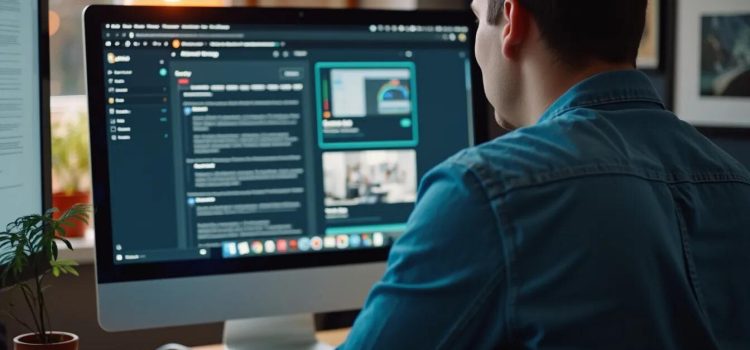
What do the visitors to your website want? What’s the secret to keeping them engaged and satisfied?
Effective UX design is all about meeting users’ needs quickly and effortlessly. By understanding what people want from websites, designers can create intuitive, scannable pages that guide visitors to their desired content. Steve Krug says the basic UX goal is to minimize mental effort and maximize efficiency.
Keep reading to discover how well-designed websites can make users happier and more likely to return.
The Basic Goal of UX Design
In his book Don’t Make Me Think, Revisited, Steve Krug clarifies the basic UX goal of effective websites by exploring the two things users want most from the websites they visit.
First, Krug contends that users want to find what they’re looking for as quickly as possible. They don’t read web pages thoroughly; rather, they skim every page for words or phrases that seem relevant to their interests. Then, they click on the first relevant option they see instead of weighing all available choices to find the one that’s the most valuable to them.
Second, Krug asserts that users want to find what they’re looking for as effortlessly as possible. When users have to think hard about where to click, they’re aware that your site is making them spend unnecessary mental effort. Every second they spend struggling to understand your site makes them more likely to give up and leave or even resent your brand.
Because users value efficiency and effortlessness so highly, designers need to make their web pages clear, simple, and scannable. This way, users can instantly identify the right places to click with minimal mental effort. Additionally, if users trying to optimize their efficiency click the first relevant option they see, designers should make sure the site doesn’t punish them for it.
For example, a user trying to return a faulty laptop they purchased from an electronics retailer is likely to quickly scan the company’s home page for a link that says “Customer Support” rather than searching through the entire home page for a link that’s more relevant to their specific situation. Thus, the Customer Support page should link to the page for returns, even if the user “should have” clicked another link on the home page that says “Returns and Exchanges.”
| How Well-Designed Websites May Make Users Happier In The Paradox of Choice, Barry Schwartz discusses an aspect of psychology that may explain why users are happy with websites they can navigate quickly. Whenever you make a choice, you can either maximize or satisfice: When you maximize, you strive to make the best possible choice, meticulously considering all options before deciding. When you satisfice, you accept the first option that meets your standards of “good enough” without intense deliberation. Broadly speaking, maximizing makes you less happy. When you’re trying to select a perfect option, you’re more likely to feel regret if you find out you made a suboptimal choice. Poorly designed websites may make users less happy by encouraging them to maximize. According to Schwartz, people are more likely to maximize when faced with a multitude of choices. When a website presents a wide array of content and links on every page that all seem equally valuable, users are more likely to spend time weighing their options and feeling regretful when the one they choose doesn’t give them what they want. In contrast, when websites present minimal content on each page, organized so that users can find what they need with a quick scan, it allows them to satisfice. This is likely a much more satisfying experience. The Paradox of Choice arguably also makes the case that in the modern age, it’s especially important that websites let users accomplish their tasks effortlessly. This is because mental energy is more scarce than ever before. Schwartz contends that people in modern market democracies must make an overwhelming number of choices in their day-to-day lives: They must decide what goods and services to buy from an enormous selection, what educational programs and careers to pursue, what relationships they want to nurture, and much more. Each of these choices depletes our mental resources and makes it harder to wisely make more important decisions. |
Exercise: Analyze a Website’s UX
Study a website you visit frequently to understand how Krug’s principles of intuitive web design play out in the real world.
- Open a new tab and access a website that you visit frequently. How does the home page communicate the site’s core purpose? How effective is it at doing so, and why?
- What elements are included in this site’s global navigation interface? Do you agree that these elements are the most useful for this site’s users? If so, why? If not, what elements would you replace them with?
- Think of a task you want to complete on this website that you’ve never done before. Navigate until you find the page you’re looking for. Was your experience frustrating? Why or why not? How might you improve the site’s design so that this task is easier for users?
- Pick a random page on the site and analyze its visual hierarchy: What are the most important elements on the page? What visual cues did the designers use to draw attention to them? How might you improve this page’s visual hierarchy?






